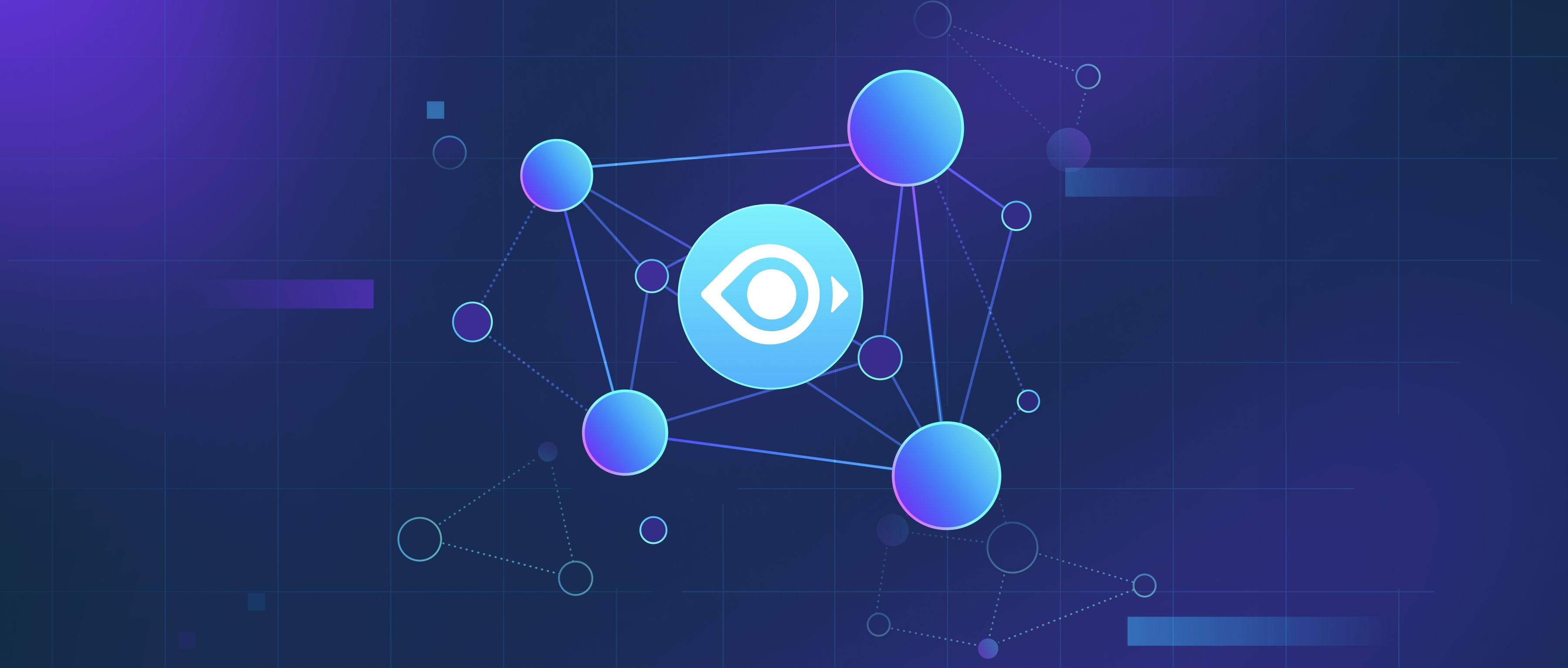To use OpenAI's models for legal document analysis, start by understanding the specific tasks you want to achieve, such as contract review, summarization, or identifying key clauses. OpenAI's models, like GPT-3.5 or GPT-4, can help automate these processes by analyzing text, generating insights, and even suggesting improvements. The first step is to prepare your legal documents in a readable format, such as plain text or structured JSON. Make sure to remove any sensitive information and ensure compliance with data privacy regulations.
Once your documents are ready, you can integrate OpenAI's API into your application. Begin by sending requests to the model that contain specific prompts related to your analysis needs. For instance, you might prompt the model to "summarize the key points of this contract" or "identify any clauses related to liability." The API will return outputs that provide insights based on the information provided. It’s essential to iterate on your prompts to improve the quality of the responses. Testing various prompts will help you find the most effective way to communicate your analysis needs to the model.
After you receive the model's responses, you should review and verify the accuracy of the outputs, as AI-generated results might not always be precise. Consider integrating human oversight in the analysis process, especially when dealing with complex legal matters. For example, you can use the model to create initial drafts or highlight relevant sections, then have a qualified attorney review the suggestions. This way, the model acts as an assistant rather than a replacement, enhancing productivity while ensuring legal compliance and thoroughness.
